 Weyerhaeuser looks to biocarbon plants to utilize its waste fibre—following pulp-mill closures. In related news: Maine’s Woodland Pulp is set to reopen; Domtar’s Crofton mill closure highlights the downside of one-industry towns; Harmac Pacific rejects Nanaimo bylaw that would threaten future business activities; workers at Western’s Chemainus mill are getting nervous; and the USDA invests in Tenneessee’s hardwood future. Meanwhile, on the US-Canada trade front: the latest on the US and Canada positions, and the US Supreme Court’s pending decision.
Weyerhaeuser looks to biocarbon plants to utilize its waste fibre—following pulp-mill closures. In related news: Maine’s Woodland Pulp is set to reopen; Domtar’s Crofton mill closure highlights the downside of one-industry towns; Harmac Pacific rejects Nanaimo bylaw that would threaten future business activities; workers at Western’s Chemainus mill are getting nervous; and the USDA invests in Tenneessee’s hardwood future. Meanwhile, on the US-Canada trade front: the latest on the US and Canada positions, and the US Supreme Court’s pending decision.
In Forestry/Climate news: WPAC’s Gordon Murray opines on BC’s fibre access challenges; the RCMP make more arrests at BC forestry blockade; a BC First Nation is suing the province over lost carbon credits; a federal judge halts logging near Yellowstone National Park; wildfire reduction projects are coming to Colorado forests; and the latest on New Zealand’s emission trading scheme.
Finally, the future of decorative concrete looks a lot like wood decking.
Kelly McCloskey, Tree Frog News Editor
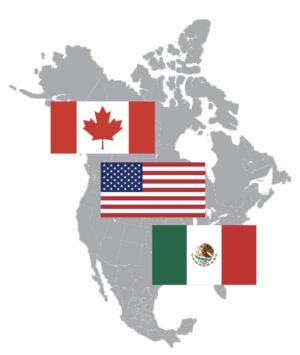 Prime Minister Mark Carney says U.S. President Donald Trump hasn’t given him any indication that he’s willing to walk away from the North American free trade deal that was struck during his first term at the White House. Carney met privately with Trump and Mexican President Claudia Sheinbaum in Washington during the FIFA World Cup draw earlier this month. Much of that conversation laid out the broad strokes for coming discussions around the Canada-U.S.-Mexico Agreement (CUSMA), which is up for review in 2026. …U.S. Trade Representative Jamieson Greer recently floated the possibility of the U.S. aiming to get separate deals with Canada and Mexico — or possibly backing out entirely. …In a report tabled in the U.S. Congress on Wednesday, Greer wrote that he “will keep the president’s options open, negotiating firmly to resolve the issues identified, but only recommending renewal if resolution can be achieved.”
Prime Minister Mark Carney says U.S. President Donald Trump hasn’t given him any indication that he’s willing to walk away from the North American free trade deal that was struck during his first term at the White House. Carney met privately with Trump and Mexican President Claudia Sheinbaum in Washington during the FIFA World Cup draw earlier this month. Much of that conversation laid out the broad strokes for coming discussions around the Canada-U.S.-Mexico Agreement (CUSMA), which is up for review in 2026. …U.S. Trade Representative Jamieson Greer recently floated the possibility of the U.S. aiming to get separate deals with Canada and Mexico — or possibly backing out entirely. …In a report tabled in the U.S. Congress on Wednesday, Greer wrote that he “will keep the president’s options open, negotiating firmly to resolve the issues identified, but only recommending renewal if resolution can be achieved.”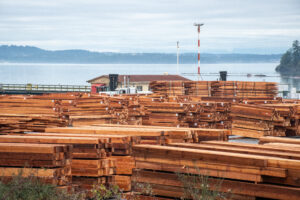 Many laid-off workers at Western Forest Products’ Chemainus sawmill are increasingly frustrated with the company for the delays in the reopening of the mill, and with the state of the coastal forest industry overall. Brian Bull, Randy Robertson and Robert Joyce, who collectively have 95 years working in the forest industry, have been laid off since WFP temporarily curtailed operations at the mill on June 18. WFP recently announced that the shutdown at the mill, which employees approximately 150 workers, would extend into 2026 due to poor market conditions, high American lumber tariffs, and log-supply issues. Robertson said the company has not given the workers any indication of when the mill will reopen. …Bull said the mill’s workers’… employment insurance benefits are running out and they’re only making about half of the money they make at the mill even with the EI benefits.
Many laid-off workers at Western Forest Products’ Chemainus sawmill are increasingly frustrated with the company for the delays in the reopening of the mill, and with the state of the coastal forest industry overall. Brian Bull, Randy Robertson and Robert Joyce, who collectively have 95 years working in the forest industry, have been laid off since WFP temporarily curtailed operations at the mill on June 18. WFP recently announced that the shutdown at the mill, which employees approximately 150 workers, would extend into 2026 due to poor market conditions, high American lumber tariffs, and log-supply issues. Robertson said the company has not given the workers any indication of when the mill will reopen. …Bull said the mill’s workers’… employment insurance benefits are running out and they’re only making about half of the money they make at the mill even with the EI benefits.  NANAIMO — Exploratory discussions around potentially restricting industrial business activities in Nanaimo irked representatives of Nanaimo Forest Products (NFP), which operates Duke Point’s Harmac Pacific pulp mill. The narrowly approved Nov. 17 notice of motion from Nanaimo city councillor Paul Manly. …Harmac Pacific is actively attempting to rezone a pair of adjacent Phoenix Way lots involving a combined 244 acres bordering Cedar’s Cable Bay Trail. “If this bylaw were to become a reality, it would threaten the ability of our business to continue. …Mayor Leonard Krog is heavily opposed to the motion. “This motion basically says to anyone who wants to invest in this community ‘Don’t bother going to Nanaimo, don’t bother worrying about whether the land is zoned for heavy industry because Nanaimo wants to limit everything that might actually create some real jobs…’” …Harmac Pacific employs roughly 340 employees at its specialty pulp operation, which features a unique employee-owned ownership model.
NANAIMO — Exploratory discussions around potentially restricting industrial business activities in Nanaimo irked representatives of Nanaimo Forest Products (NFP), which operates Duke Point’s Harmac Pacific pulp mill. The narrowly approved Nov. 17 notice of motion from Nanaimo city councillor Paul Manly. …Harmac Pacific is actively attempting to rezone a pair of adjacent Phoenix Way lots involving a combined 244 acres bordering Cedar’s Cable Bay Trail. “If this bylaw were to become a reality, it would threaten the ability of our business to continue. …Mayor Leonard Krog is heavily opposed to the motion. “This motion basically says to anyone who wants to invest in this community ‘Don’t bother going to Nanaimo, don’t bother worrying about whether the land is zoned for heavy industry because Nanaimo wants to limit everything that might actually create some real jobs…’” …Harmac Pacific employs roughly 340 employees at its specialty pulp operation, which features a unique employee-owned ownership model. For Crofton mill workers it was like getting a lump of coal in their stockings. Last week owners of the Domtar pulp mill announced they were shuttering the operation …Who and what is to blame is a complicated tangle, encompassing questions about the future of the forest industry in this province. …While we must confront these questions, the closure also highlights the dangers of community dependence on a particular operation, or even industry. While the workers will, of course, be the most affected, North Cowichan residents will also feel the pain from the mill closure, as it is the municipality’s single biggest taxpayer. ….We can all hope that there will still be a future for the Crofton mill site… but that’s in no way a given. The municipality will be facing some very difficult decisions about services and what it can afford. The larger community will also feel the loss of all of those well paying jobs.
For Crofton mill workers it was like getting a lump of coal in their stockings. Last week owners of the Domtar pulp mill announced they were shuttering the operation …Who and what is to blame is a complicated tangle, encompassing questions about the future of the forest industry in this province. …While we must confront these questions, the closure also highlights the dangers of community dependence on a particular operation, or even industry. While the workers will, of course, be the most affected, North Cowichan residents will also feel the pain from the mill closure, as it is the municipality’s single biggest taxpayer. ….We can all hope that there will still be a future for the Crofton mill site… but that’s in no way a given. The municipality will be facing some very difficult decisions about services and what it can afford. The larger community will also feel the loss of all of those well paying jobs.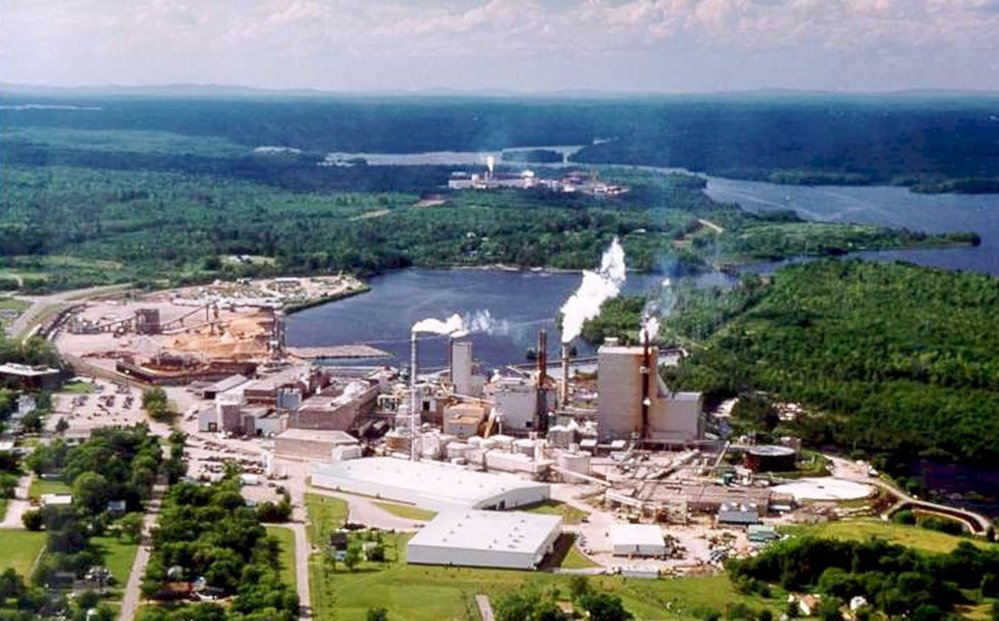
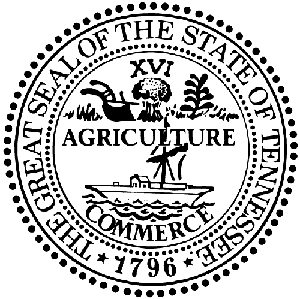

 The recent softening demand and prices in the lumber market represent a critical inflection point, marking a transition from unprecedented volatility to a more complex, albeit somewhat stabilized, environment. The key takeaway is that while the extreme highs of the pandemic era are behind us, lumber prices have established a new, elevated baseline, significantly impacting housing affordability and construction costs. This recalibration is driven by a delicate balance of oversupply in some segments, subdued but potentially recovering demand, and persistent supply-side challenges, including increased tariffs on Canadian imports and ongoing labor shortages. …The lasting impact of this period will likely be a more resilient and adaptable construction industry. …The market is not returning to its pre-pandemic state; rather, it is evolving into a new equilibrium where strategic foresight and agility will be paramount for success.
The recent softening demand and prices in the lumber market represent a critical inflection point, marking a transition from unprecedented volatility to a more complex, albeit somewhat stabilized, environment. The key takeaway is that while the extreme highs of the pandemic era are behind us, lumber prices have established a new, elevated baseline, significantly impacting housing affordability and construction costs. This recalibration is driven by a delicate balance of oversupply in some segments, subdued but potentially recovering demand, and persistent supply-side challenges, including increased tariffs on Canadian imports and ongoing labor shortages. …The lasting impact of this period will likely be a more resilient and adaptable construction industry. …The market is not returning to its pre-pandemic state; rather, it is evolving into a new equilibrium where strategic foresight and agility will be paramount for success.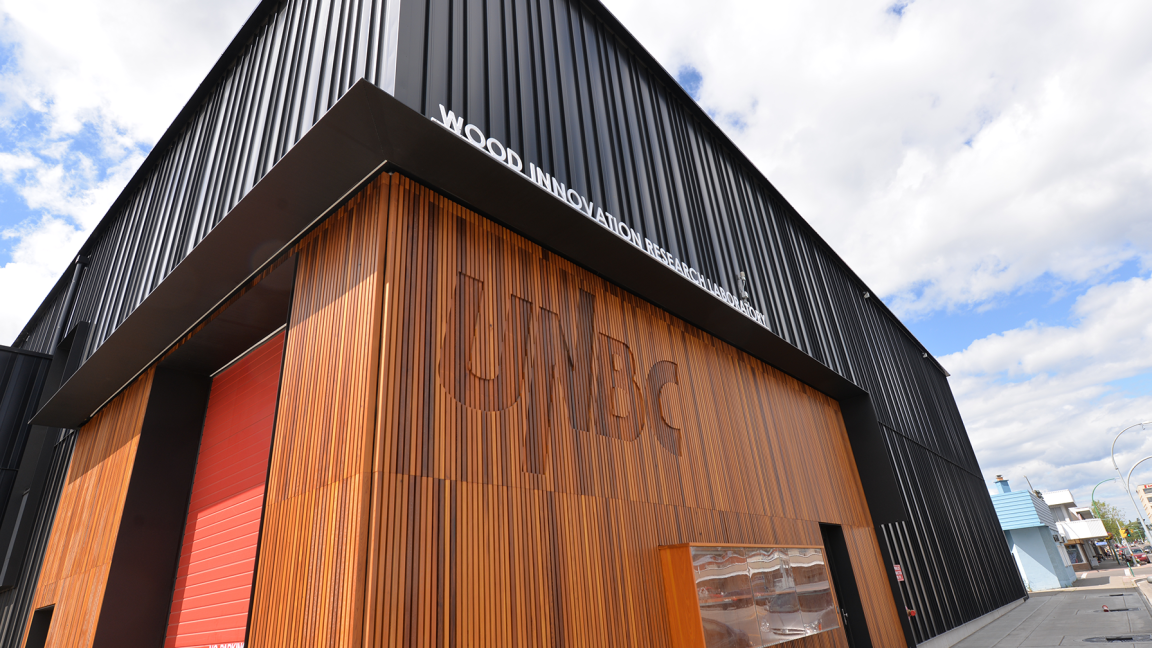


 A First Nation is suing the B.C. government alleging it advanced a secret land claim policy to give away rights to its traditional territory, surrender control over lucrative carbon credits, and prevent it from safeguarding threatened caribou. The allegations, made in a Dec. 12 lawsuit filed by Chief Johnny Pierre on behalf of the Tsay Keh Dene First Nation, target the B.C. government’s handling of overlapping land claims—specifically, a policy that allows First Nations to switch between multiple identities to give them the best chance of claiming traditional territory. Tsay Keh Dene says it learned of the alleged government policy in October 2025 after the province confirmed the nation would see a sharp drop in the amount of money it received from a previously negotiated agreement to share revenue from forestry activities. In 2023, the province had quietly started negotiating with the neighbouring Kwadacha Nation to develop a similar agreement, the lawsuit claims.
A First Nation is suing the B.C. government alleging it advanced a secret land claim policy to give away rights to its traditional territory, surrender control over lucrative carbon credits, and prevent it from safeguarding threatened caribou. The allegations, made in a Dec. 12 lawsuit filed by Chief Johnny Pierre on behalf of the Tsay Keh Dene First Nation, target the B.C. government’s handling of overlapping land claims—specifically, a policy that allows First Nations to switch between multiple identities to give them the best chance of claiming traditional territory. Tsay Keh Dene says it learned of the alleged government policy in October 2025 after the province confirmed the nation would see a sharp drop in the amount of money it received from a previously negotiated agreement to share revenue from forestry activities. In 2023, the province had quietly started negotiating with the neighbouring Kwadacha Nation to develop a similar agreement, the lawsuit claims.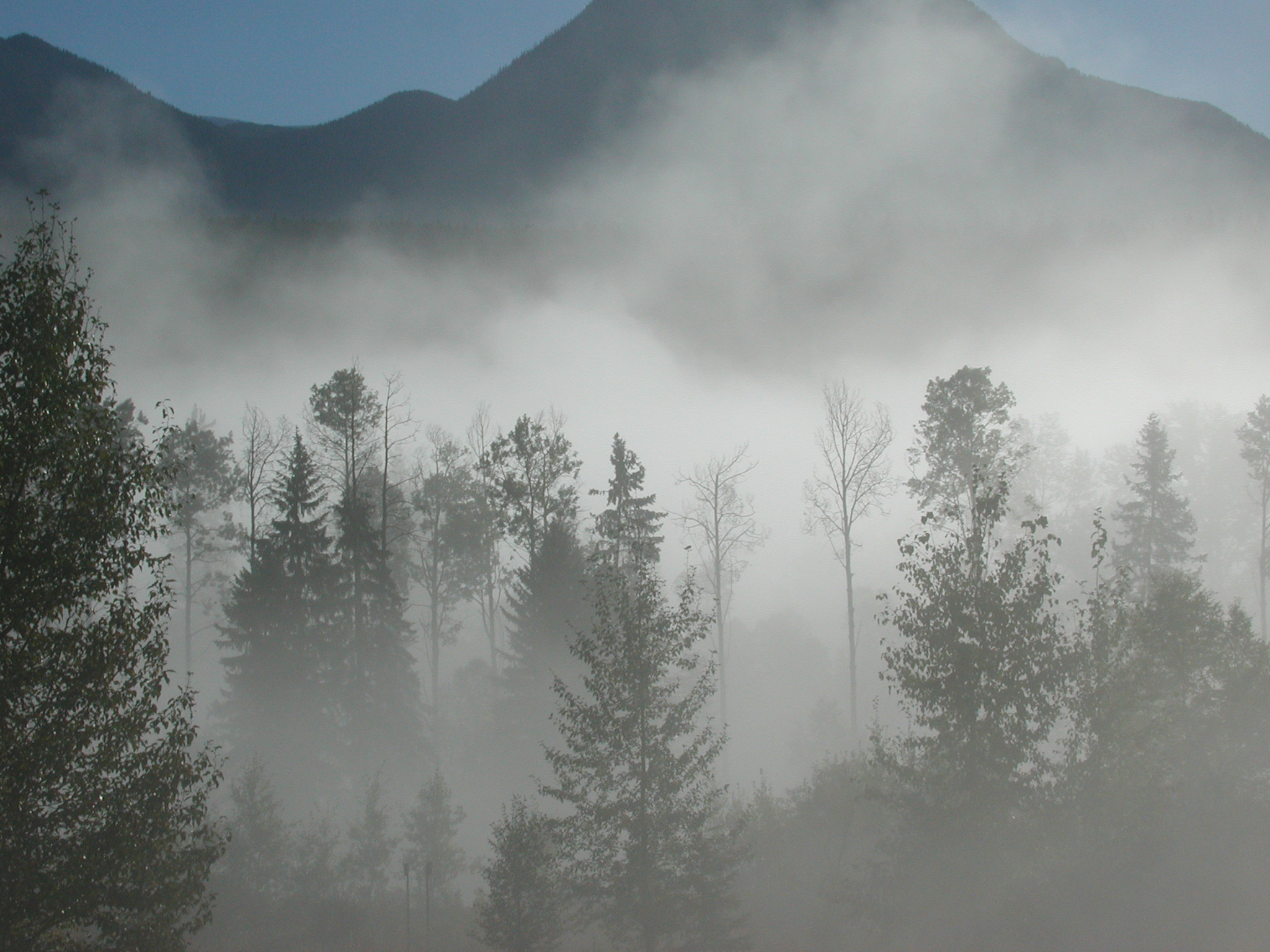 The RCMP made more arrests over the weekend for allegedly breaching the court-ordered injunction at a blockade near a forestry operation in the Carmanah Valley, near Lake Cowichan. A police statement said that on the evening of Dec. 12, while patrolling the injunction area around the Walbran Forest Service Road, police located a cantilever structure across a bridge and a tripod structure in the middle of the roadway a short distance away. The two structures blocked both directions in and out of the cut block where the Tsawak-qin Forestry Limited Partnership and Tsawak-qin Forestry Inc. forest companies were conducting work.
The RCMP made more arrests over the weekend for allegedly breaching the court-ordered injunction at a blockade near a forestry operation in the Carmanah Valley, near Lake Cowichan. A police statement said that on the evening of Dec. 12, while patrolling the injunction area around the Walbran Forest Service Road, police located a cantilever structure across a bridge and a tripod structure in the middle of the roadway a short distance away. The two structures blocked both directions in and out of the cut block where the Tsawak-qin Forestry Limited Partnership and Tsawak-qin Forestry Inc. forest companies were conducting work.

 Forestry leaders have warned Scotland will fail to meet its planting targets for yet another year amid concern investment is going elsewhere. Since annual targets for woodland expansion were set, the Scottish Government has missed the goal every year apart from 2018, when it was met for the first time. In recent years, planting rates have often fallen significantly short of the set targets, with the year from 2022 to 2023 seeing only 8,190 hectares of a 15,000 target planted. Jon Lambert, of Goldcrest Land & Forestry Group, an independent UK firm of chartered surveyors and foresters based in Edinburgh, warned the figures are down because of the lengthy and clunky grant application process. “The amount of planting in Scotland is way down than it should be,” said Mr Lambert.
Forestry leaders have warned Scotland will fail to meet its planting targets for yet another year amid concern investment is going elsewhere. Since annual targets for woodland expansion were set, the Scottish Government has missed the goal every year apart from 2018, when it was met for the first time. In recent years, planting rates have often fallen significantly short of the set targets, with the year from 2022 to 2023 seeing only 8,190 hectares of a 15,000 target planted. Jon Lambert, of Goldcrest Land & Forestry Group, an independent UK firm of chartered surveyors and foresters based in Edinburgh, warned the figures are down because of the lengthy and clunky grant application process. “The amount of planting in Scotland is way down than it should be,” said Mr Lambert.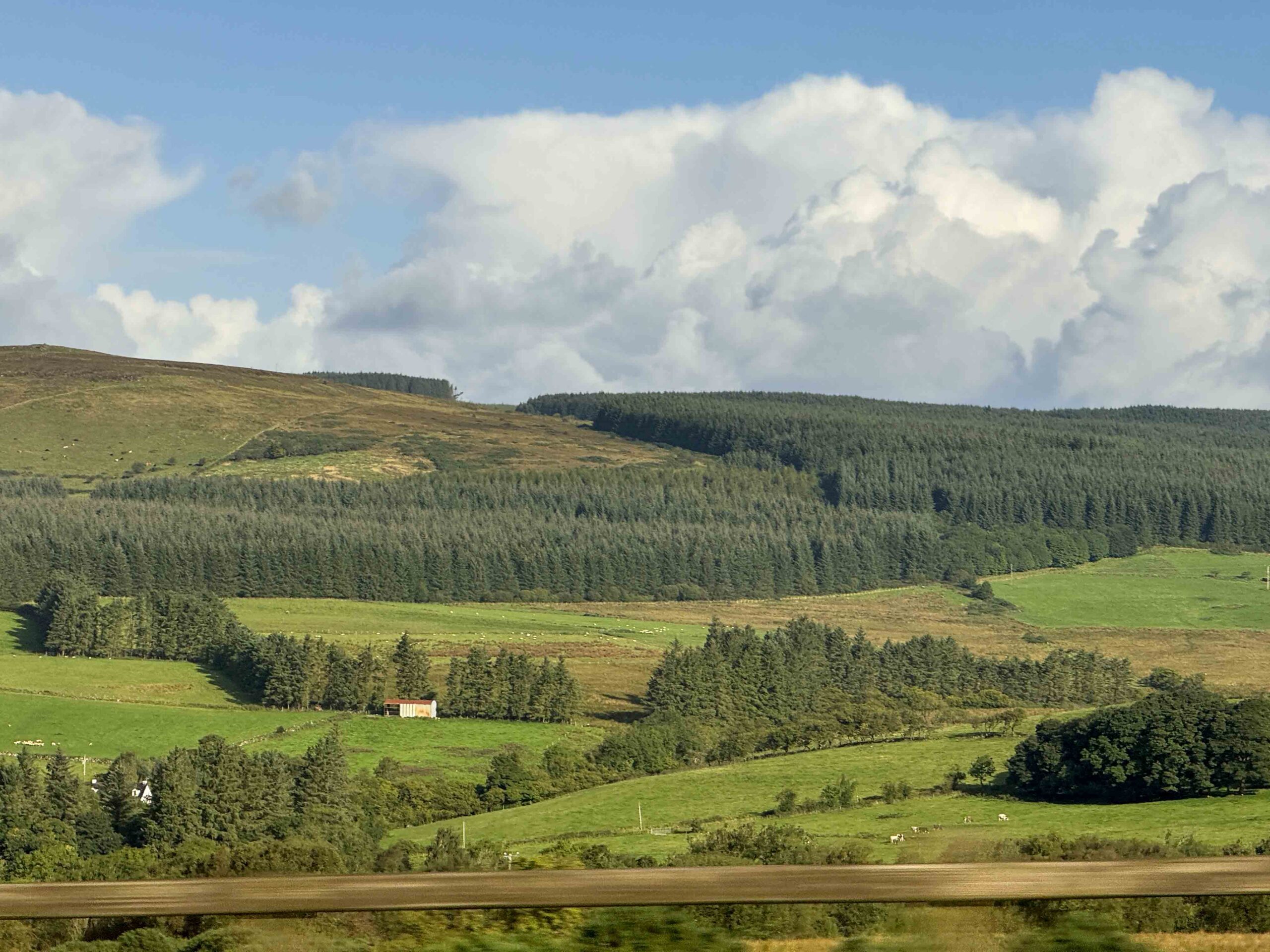 IFA Farm Forestry Chair Padraig Stapleton has acknowledged the establishment of the Group Forest Certification Ireland Board as a positive development for the Irish forestry sector. This follows the inaugural meeting of the Board which was held this week. IFA Forestry Policy Executive Amy Mulchrone has been appointed as a member of the Board by Minister Michael Healy-Rae. “The establishment of the Group Forest Certification Ireland board is a positive initiative by the Minister. The increased focus on voluntary certification of privately-owned forests that this Board will now hopefully bring should significantly scale up the area certified. To date, only 8% are certified, substantially lower than Coillte plantations, which have dual certification from both the Forest Stewardship Council (FSC) and the Programme of Forest Certification (PEFC).”
IFA Farm Forestry Chair Padraig Stapleton has acknowledged the establishment of the Group Forest Certification Ireland Board as a positive development for the Irish forestry sector. This follows the inaugural meeting of the Board which was held this week. IFA Forestry Policy Executive Amy Mulchrone has been appointed as a member of the Board by Minister Michael Healy-Rae. “The establishment of the Group Forest Certification Ireland board is a positive initiative by the Minister. The increased focus on voluntary certification of privately-owned forests that this Board will now hopefully bring should significantly scale up the area certified. To date, only 8% are certified, substantially lower than Coillte plantations, which have dual certification from both the Forest Stewardship Council (FSC) and the Programme of Forest Certification (PEFC).”
 Weyerhaeuser, America’s largest private landowner, said it has launched a venture to turn runty trees and sawdust from its fleet of mills into a replacement for metallurgical coal used in steel making. The forest-products company said it expects production to begin in 2027 at a facility being built next to its sawmill in McComb, Mississippi—the first of several biocarbon plants planned by Weyerhaeuser and partner Aymium. It is the latest effort to find a market for the trees too small or otherwise unsuitable for making lumber. Such wood has typically been sent to pulp and paper mills, but U.S. wood-pulp consumption capacity has plunged due to waning paper demand. …Stockfish said he envisions the venture with Aymium operating as many as 10 or 11 biocarbon production facilities across Weyerhaeuser’s U.S. properties. …Aymium CEO James Mennell said the company’s process works with all species of wood as well as agricultural residues. [to access the full story a WSJ subscription is required]
Weyerhaeuser, America’s largest private landowner, said it has launched a venture to turn runty trees and sawdust from its fleet of mills into a replacement for metallurgical coal used in steel making. The forest-products company said it expects production to begin in 2027 at a facility being built next to its sawmill in McComb, Mississippi—the first of several biocarbon plants planned by Weyerhaeuser and partner Aymium. It is the latest effort to find a market for the trees too small or otherwise unsuitable for making lumber. Such wood has typically been sent to pulp and paper mills, but U.S. wood-pulp consumption capacity has plunged due to waning paper demand. …Stockfish said he envisions the venture with Aymium operating as many as 10 or 11 biocarbon production facilities across Weyerhaeuser’s U.S. properties. …Aymium CEO James Mennell said the company’s process works with all species of wood as well as agricultural residues. [to access the full story a WSJ subscription is required] NEW ZEALAND — Let’s not sugar coat it: this year was a tough year for forestry in the New Zealand Emissions Trading Scheme (ETS). It’s especially frustrating as we had begun to believe the government’s promise, made just after it took power in late 2023, to “restore credibility in the ETS”. Indeed, this promise looked plausible up until quite recently. After all, the LUC restrictions, while unpopular among forestry companies and investors, had been clearly communicated long before the 2023 election. So no surprises there – except for a pleasant surprise in August, when the government announced it would not adopt the Climate Change Commission’s somewhat perplexing recommendation to reinject about 14 million of unsold auction NZUs from 2028 to 2030. The positive streak finally ended in October when the government began a staccato of policy tweaks that have cumulatively undermined confidence in the government’s commitment to climate change mitigation and, by extension, the ETS.
NEW ZEALAND — Let’s not sugar coat it: this year was a tough year for forestry in the New Zealand Emissions Trading Scheme (ETS). It’s especially frustrating as we had begun to believe the government’s promise, made just after it took power in late 2023, to “restore credibility in the ETS”. Indeed, this promise looked plausible up until quite recently. After all, the LUC restrictions, while unpopular among forestry companies and investors, had been clearly communicated long before the 2023 election. So no surprises there – except for a pleasant surprise in August, when the government announced it would not adopt the Climate Change Commission’s somewhat perplexing recommendation to reinject about 14 million of unsold auction NZUs from 2028 to 2030. The positive streak finally ended in October when the government began a staccato of policy tweaks that have cumulatively undermined confidence in the government’s commitment to climate change mitigation and, by extension, the ETS.